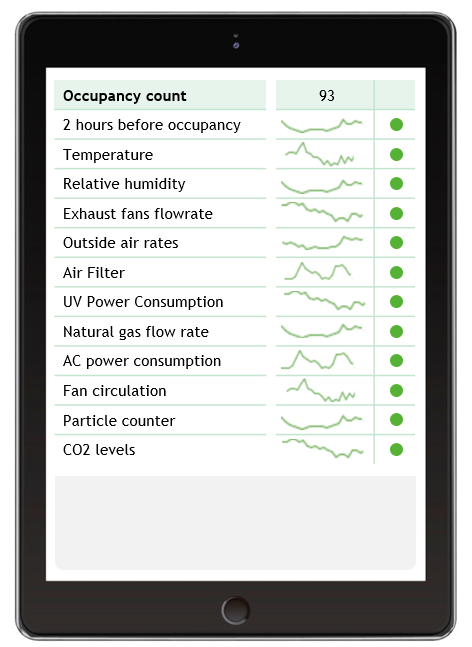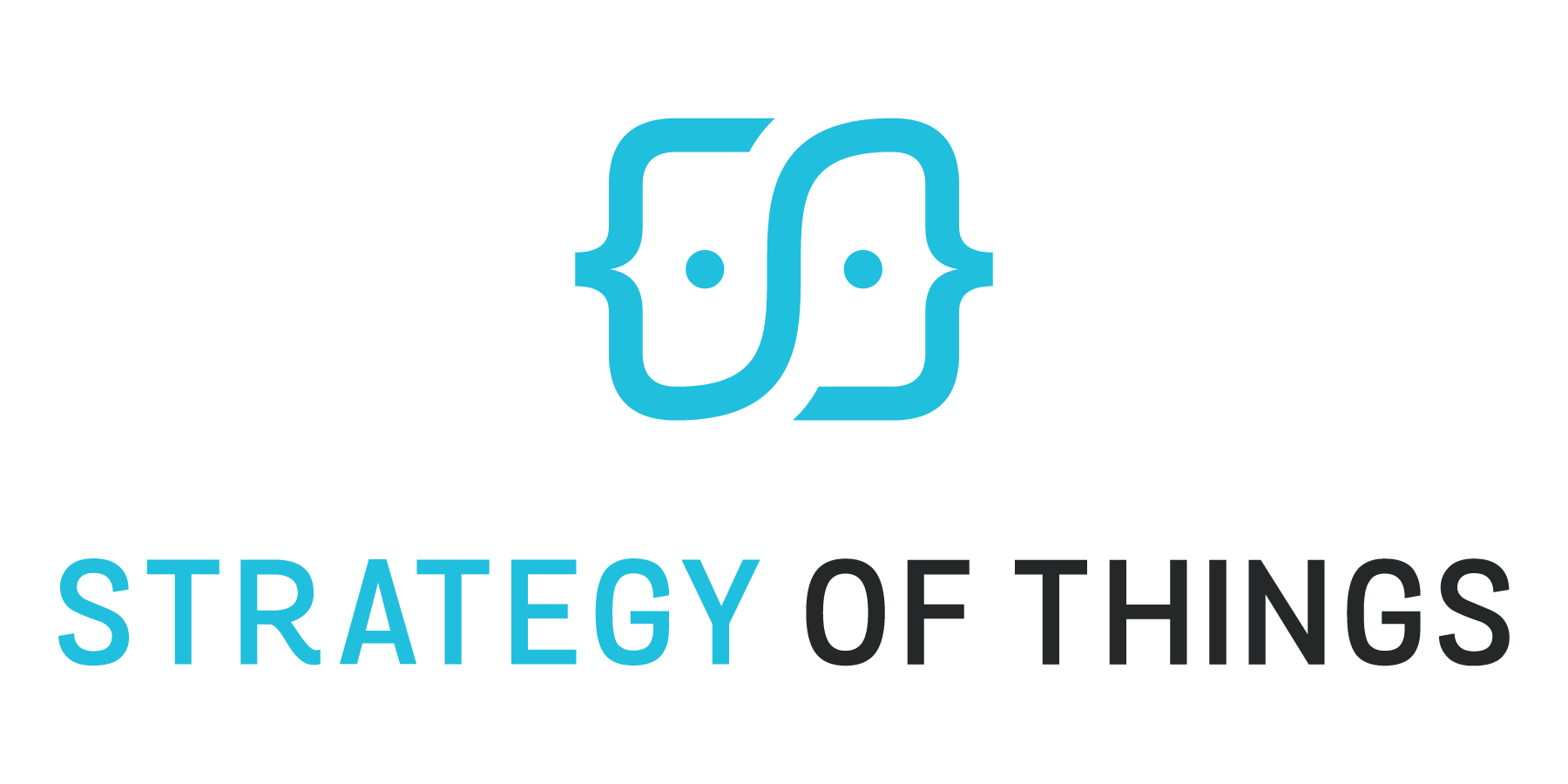The COVID-19 pandemic has made health and safety top of mind with building owners, tenants and employers. To promote safer in-person activities, federal and local government agencies have issued a series of COVID-19 guidance and mandates for various space types (offices, retail, recreation, museums, etc.). These resulted in the implementation of engineering (i.e. barriers, signage, ventilation, sanitization, indoor air quality, and others), and administrative measures (i.e. policies and practices) to help prevent and protect against exposure to the virus.
Respiratory droplet and airborne (microdroplet) transmission have been identified as the leading causes of COVID-19 transmission. These droplets are expelled through talking, sneezing, coughing, laughing, singing, and breathing. The more vigorous and longer the activity, the higher the exposure potential. Wearing facemasks, social distancing, and ventilation measures are tactics that help reduce exposure risks to these potentially infectious droplets.
We introduced the concept of safe spaces and the Safe Space framework in our previous blogs. Our framework employs a holistic approach, and considers the building and how it is used, the prevention and protection measures put in place across the space, the policies and practices that the occupants adhere to, and the human side of engagement and trust across the organization. While each is important for a robust response and recovery, one key factor that deserves a lot of attention is ventilation and indoor air quality (IAQ). This blog discusses the role of indoor air quality, ventilation approaches, and the role of smart buildings in mitigating COVID-19 in the safe space.
What is indoor air quality and how can it help mitigate COVID-19 risk?
The IAQ of a space is characterized by its air temperature, humidity and the presence of airborne particulate matter and gaseous agents such as Carbon Monoxide (CO), Carbon Dioxide (CO2), Volatile Organic Compounds (VOC). Research findings show that air temperature and humidity levels play a role in mitigating indoor COVID-19 transmission. Reducing COVID-19 risks indoors is achieved, in part, by controlling the indoor environment and specifically indoor air quality (IAQ) of the indoor space.
Proper indoor ventilation helps improve IAQ by providing sufficient and well-conditioned outdoor and/or treated recirculated air to spaces. It also enables good air distribution inside the space to support air dilution and discharge of exhaust air.
The role of smart building technology
HVAC systems have traditionally focused on maintaining the thermal comfort of building occupants while minimizing energy consumption. This requirement, along with the ambient outdoor weather conditions and building design/layout, drove a building’s HVAC system design, the components (pumps, valves, ductwork, etc.) specified, outside/recirculation air mix, and its seasonal operating strategies. Day-to-day thermal comfort and energy consumption performance is optimized through outside/recirculation air mix, air routing, and other strategies (e.g. thermal loading, etc.).
Maintaining good IAQ to reduce COVID-19 transmission inside building spaces requires the HVAC systems be operated differently. This operating mode favors increased use of outside air and focus on increasing ventilation, air distribution, and increasing the number of air changes. Because it was designed for thermal comfort and energy efficiency, operating the system in this “COVID-19 mitigation” mode means that thermal comfort and energy consumption are no longer optimized.
Some examples of COVID-19 mitigation mode operations include:
- Increase outdoor air damper settings to reduce or eliminate HVAC air recirculation.
- Select the outdoor air (OA) and/or treated recirculated air flow based on air changes according to CDC, ASHRAE or other industry recommendations
- Rebalance air supply or adjust HVAC systems to increase total airflow to occupied spaces.
- Improve central air filtration by selecting the highest air filter rating (MERV) without significantly reducing design airflow through high back pressure caused by the filters.
- Running the HVAC system at maximum outside airflow for 2 hours before and after the building is occupied.
- Keep indoor humidity between 40% and 60% relative humidity, which supports a healthy indoor environment.
Smart building technologies have traditionally been employed for building automation, energy management, Heating, Ventilation and Air Conditioning (HVAC) control, security and access control, and communications. As buildings reopen and people return to in-person activities, smart building and Internet of Things (IoT) technologies play a key role in maintaining COVID-19 safe spaces. As part of this, smart building technologies are key to monitoring and managing safe IAQ levels and proving compliance with ASHRAE and CDC guidelines.
Creating good IAQ requires a number of things to be monitored throughout the building, including:
- Temperature
- Humidity
- Carbon dioxide (CO2) levels
- Particulate matter air quality sensors (PM2.5)
- Space occupancy levels (# of people in a space)
- Air flow
IAQ conditions vary by location, and sensors should be placed throughout the building. Areas of priority include those where people gather, where occupancy is for longer durations, and where high-risk activities (exercising, etc.) occur. These spaces may include conference rooms, common work areas, break rooms, lobbies, and gyms. Target levels, based on CDC and a number of sources are:
- Air filters – MERV-13 or highest compatible possible
- CO2: below 800 ppm and (plus particulate matter sensing)
- Temperature: 18 – 24ºC
- Humidity: 40-60% Relative Humidity
Monitor IAQ levels
The Strategy of Things COVID-19 IAQ smart building IAQ technology stack can be built with these sensors, with the data from the disparate sensors routed through a purpose built centralized IAQ dashboard (Figure One). The information collected from the sensors provide an understanding of the actual IAQ conditions in a space. When compared against the benchmarks listed above, it provides the building operators with an understanding of where to focus and prioritize their efforts to improve IAQ. From this, a strategy and roadmap to improve the IAQ can be developed. After improvements are made, the IAQ conditions are monitored to determine its effectiveness. In addition, conditions and changes are monitored over time to determine if intervention is needed.

Prove Compliance with Government Guidelines
Based on a reopening readiness assessment for a city that we recently completed, one refrain we heard was that building tenants and visitors may be reluctant to return due to health concerns. The data collected from the IAQ technology stack is aggregated into a “proven compliance” management level dashboard and scorecard (Figure Two). The function of this dashboard is to show building IAQ performance against the government specified benchmarks to alleviate tenant and visitor concerns. Building owners and leasing agents can use this type of dashboard as a competitive differentiator in marketing to prospective tenants. This approach of real time IAQ measurement and monitoring provides a provable compliance model which allows buildings to be reopened safely.
Enable Resilience of Facilities to COVID-19
According to experts, COVID-19 is expected to remain in our communities. Government guidelines against COVID-19 may become regulations in the future. Responses to future COVID-19 or other diseases will be informed by data and likely to be compliance driven. The COVID-19 IAQ technology stack can be used to monitor IAQ levels, and corrective measures applied to mitigate or lessen any future risk of the coronavirus. This visibility allows building owners to be proactive, protect their tenants and visitors, and potentially minimize facility shutdowns.
Conclusion
As cities and businesses reopen for in-person activities, the health and safety measures implemented inside buildings play a key role in preventing and protecting against COVID-19 exposure and transmission. One critical area of focus is maintaining good indoor air quality (IAQ). This is partially addressed by enhancing (and improving) ventilation inside spaces and buildings.
Building owners and facilities operators can measure, monitor and manage the IAQ levels through the incorporation of the Strategy of Things IAQ technology stack defined in this blog. The IAQ stack enables building owners, facilities operators and tenants to understand the IAQ levels, take corrective actions and measure the effectiveness of those actions. As government COVID-19 guidelines become codified into regulations, the IAQ technology stack provides a mechanism for proving compliance. For building visitors, the metrics collected by the IAQ stack enables them to make an informed decision on whether or not to conduct in-person activities.
Credits
This blog was a collaborative effort and co-authored with the following:
Benson Chan, Senior Partner, Strategy of Things
Craig Stark, Managing Director, Strategy of Things Canada
The COVID-19 Safe Space and Safe Space Framework referenced here is a model jointly developed by Strategy of Things, Great Places and Spaces, Peter Williams Consulting and Change Impetus.
Thanks for reading this post. If you found this post useful, please share it with your network. Please subscribe to our newsletter and be notified of new blog articles we will be posting. You can also follow us on Twitter (@strategythings), LinkedIn or Facebook.
Related posts:
COVID-19 Safe Spaces for Reopening and Return to Work (Part One)
COVID-19 Safe Spaces for Reopening and Return to Work (Part Two)



2 thoughts on “Managing Indoor Air Quality with IoT in a COVID-19 Safe Space”